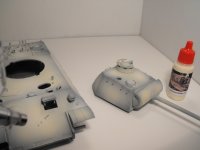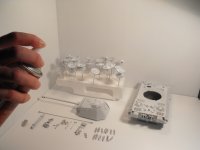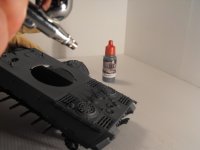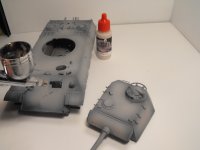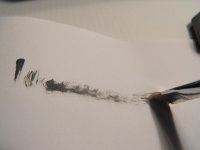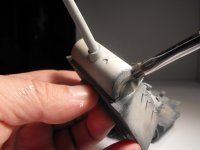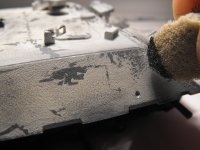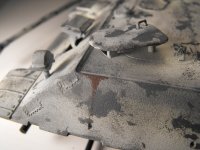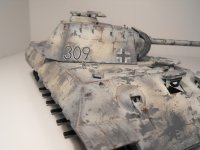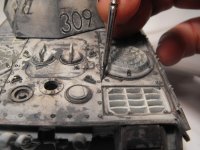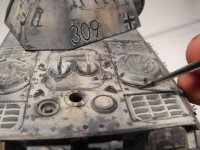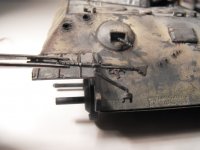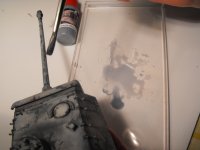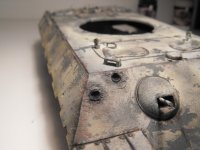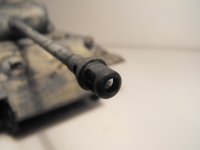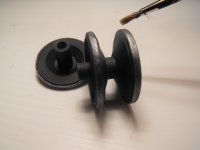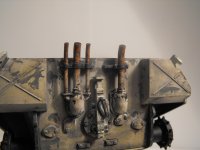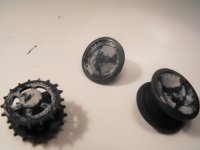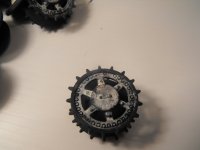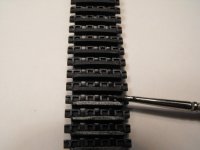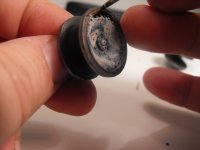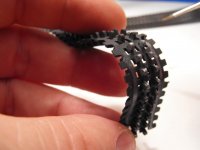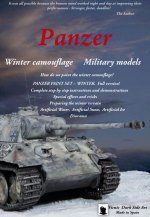V
vicnic123
Guest
We will be utilizing a special paintig kit conceived for painting winter camouflage on german tanks.
Why?Because the colors are already prepared and avoid to make savant mixtures,and finally you had no idea why your model refused stubbornly to look like the ones you were admiring in the catalogues or magazines....
And is more easy...with some special effect and tricks.
Part 1
1.
Normally,the first step consists in applying a coat of paint using a spray.
2/3
We paint all parts with the base color.
4.Apply the white camouflage color.(First "white")We will thoroughly cover the flat surfaces and less on ,if not at all ,the jointing,edges and arround the parts on the armor.
5.Using the "second white" camouflage color,we apply it on the previous one,but in a thinner layer.Do not insist!
Why?Because the colors are already prepared and avoid to make savant mixtures,and finally you had no idea why your model refused stubbornly to look like the ones you were admiring in the catalogues or magazines....
And is more easy...with some special effect and tricks.
Part 1
1.
Normally,the first step consists in applying a coat of paint using a spray.
2/3
We paint all parts with the base color.
4.Apply the white camouflage color.(First "white")We will thoroughly cover the flat surfaces and less on ,if not at all ,the jointing,edges and arround the parts on the armor.
5.Using the "second white" camouflage color,we apply it on the previous one,but in a thinner layer.Do not insist!


